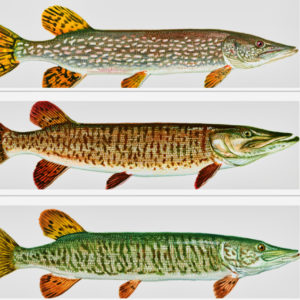 Esocids, Introduced
Esocids, Introduced
Entry Type: Thing - Starting with E
 Esocids, Introduced
Esocids, Introduced
Esocids
aka: Pikes
Esse Purse Museum
 Esse Purse Museum Display
Esse Purse Museum Display
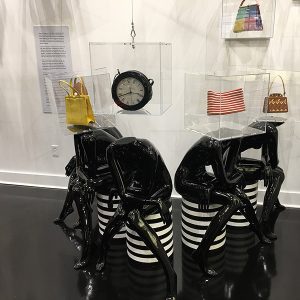 Esse Purse Museum Display
Esse Purse Museum Display
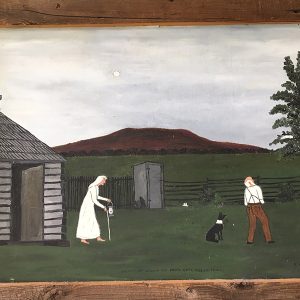 Essie Ward Painting
Essie Ward Painting
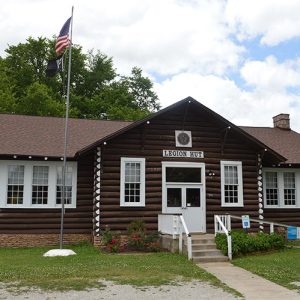 Estes-Williams American Legion Hut 61
Estes-Williams American Legion Hut 61
Estes-Williams American Legion Hut 61
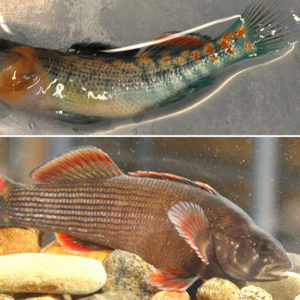 Etheostoma
Etheostoma
Eureka Springs Baby
aka: Eureka Baby
aka: Petrified Indian Baby
Eureka Springs Historical Museum
 Eureka Springs War Memorial
Eureka Springs War Memorial
 European Hornet
European Hornet
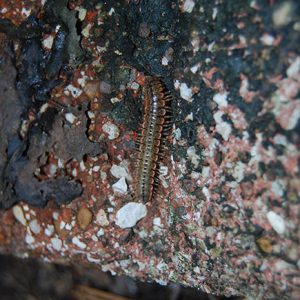 Eurymerodesmus
Eurymerodesmus
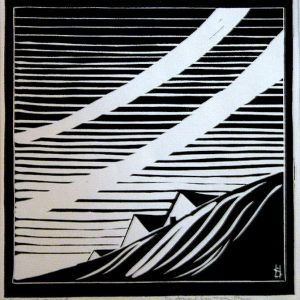 Evening Mood
Evening Mood
Evening Shade
Everton School
Evolution, Teaching of
Exact and Very Strange Truth, The
 The Exact and Very Strange Truth
The Exact and Very Strange Truth
 Exotic Fish
Exotic Fish
Exotic Fish
Experimental Forests
 Explosion Debris
Explosion Debris




